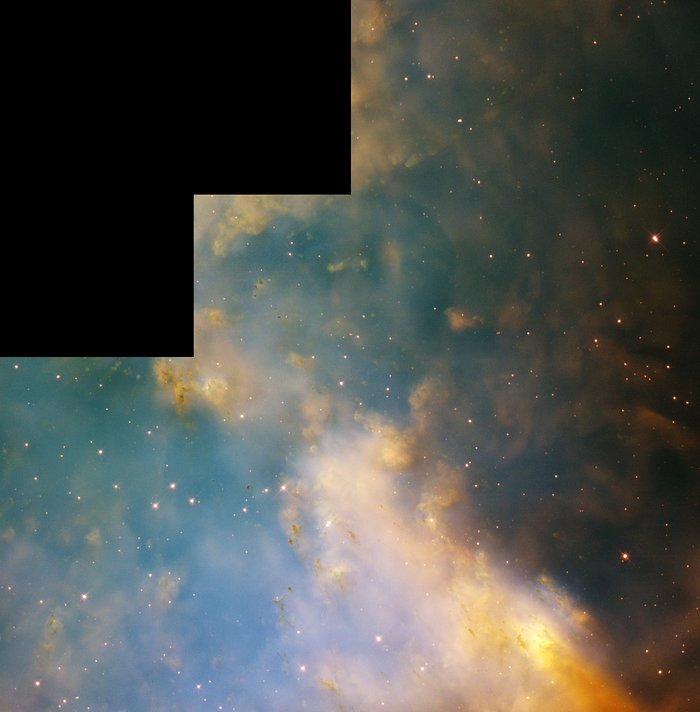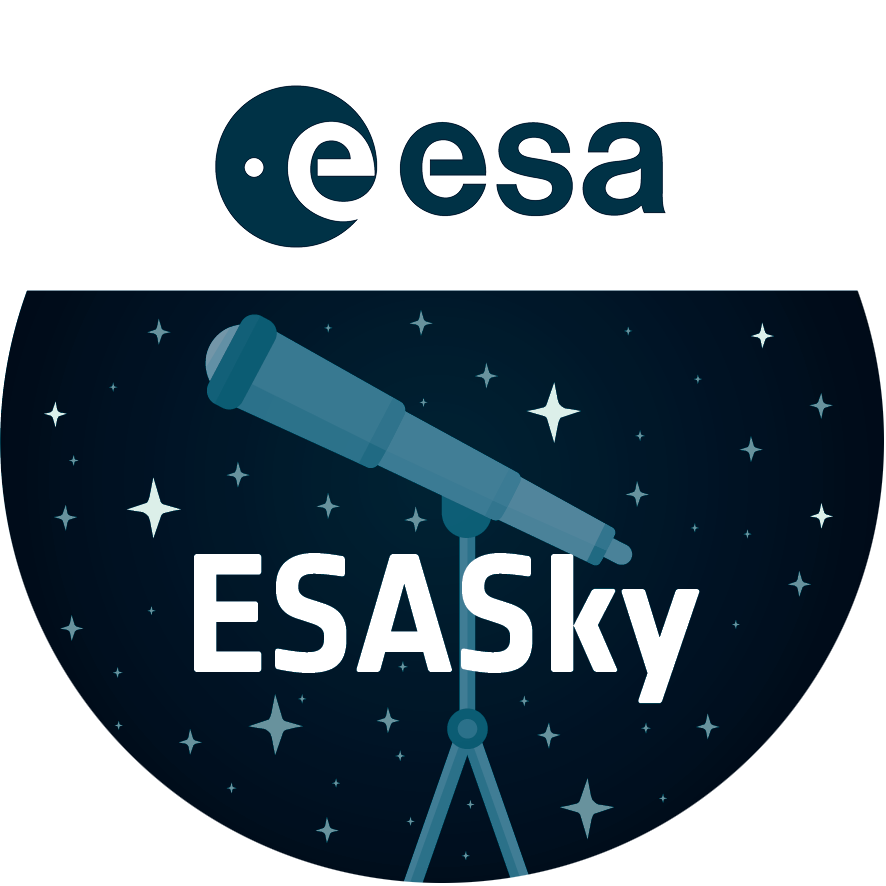Hubble's Full WFPC2 Image of Dumbbell Nebula
An aging star's last hurrah is creating a flurry of glowing knots of gas that appear to be streaking through space in this close-up image of the Dumbbell Nebula, taken with NASA's Hubble Space Telescope. The Dumbbell, a nearby planetary nebula residing more than 1,200 light-years away, is the result of an old star that has shed its outer layers in a glowing display of color. The nebula, also known as Messier 27 (M27), was the first planetary nebula ever discovered. French astronomer Charles Messier spotted it in 1764.
Credit:About the Image
NASA press release
| Id: | opo0306d |
|---|---|
| Type: | Observation |
| Release date: | 10 February 2003, 15:00 |
| Size: | 1478 x 1504 px |
About the Object
| Name: | Dumbbell Nebula, Messier 27, NGC 6853 |
|---|---|
| Type: | Milky Way : Nebula : Type : Planetary |
| Distance: | 1200 light years |
| Constellation: | Vulpecula |
| Category: | Nebulae |
Classic Wallpapers
Coordinates
| Position (RA): | 19 59 33.42 |
|---|---|
| Position (Dec): | 22° 43' 17.54" |
| Field of view: | 2.45 x 2.50 arcminutes |
| Orientation: | North is 14.3° right of vertical |
Colours & filters
| Band | Wavelength | Telescope |
|---|---|---|
| Optical OIII | 502 nm |
Hubble Space Telescope
WFPC2 |
| Optical V | 547 nm |
Hubble Space Telescope
WFPC2 |
| Optical H-alpha | 656 nm |
Hubble Space Telescope
WFPC2 |
| Optical NII | 658 nm |
Hubble Space Telescope
WFPC2 |
| Optical SII | 673 nm |
Hubble Space Telescope
WFPC2 |


